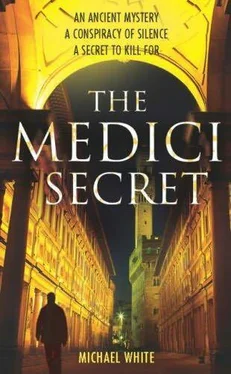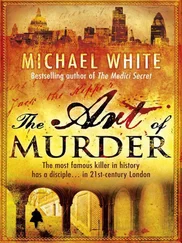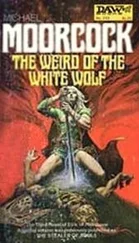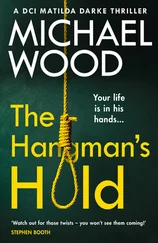In order to learn more about how a subject lived and died, the palaeopathologist uses genetics. DNA can be obtained from dramatically decayed bodies and modern analytical techniques mean that amazing results can be achieved using very small samples. Also, as genetic science progresses, the palaeopathologist gains more sophisticated tools to study the bodies of those who died hundreds, even thousands of years ago.
There really is a Medici Project involving a team of palaeopathologists who are currently studying the bodies of the family buried in the Medici chapel in the centre of Florence. Indeed, the original inspiration for The Medici Secret came from an article on the BBC News website describing the work of this research team.
Venetian buildings
Many of the places mentioned in The Medici Secret, such as Harry's Bar, the Gritti Badoer and the Ospedale Civile are of course real and in the locations described. The historical details about them are also as accurate as I could make them. However, sometimes I've taken the liberty of changing the internal topography of some buildings, and in the case of La Pieta, the art contained therein. As far as I know, there was no real life Gabriel Fabacci, but there is a fresco by Giovanni Battista Tiepolo.
The original La Pieta was built during the fifteenth century. And the present church was designed in 1755 by Giorgio Massari, but the facade was only completed in the last century. Vivaldi did in reality perform many of his most famous pieces of music in La Pieta and he was choirmaster there for many years. Further reading: The most wonderful book about Venice ever written (and indeed one of the best and most enjoyable books I have ever read) is John Julius Norwich's A History of Venice, Penguin, London, 1982.
Venice and the Plague
Like most ancient cities in Europe, Venice was ravaged by plague on many occasions. Indeed, the city may be considered as a nexus for many diseases because it lies at a crossroads between east and west and from its earliest days it acted as a trading hub.
The worst plague occurred in 1347-8. This horror became known as The Black Death, an epidemic that is believed to have wiped out more than one third of the population of Europe. This plague is referred to in passing by Doge Steno when he first meets Cosimo and his fellow travellers in Venice.
Plague doctors did exist, most of them were forced under threats of execution to stay in the city during times of plague and their costume was as I described it. The characteristic beak mask worn by the doctors in the belief that it protected them from infection has become a popular theme for modern-day masks.
People of the fourteenth and fifteenth centuries did also attempt to ward off the plague with what we would consider irrational means, including firing cannons, ringing church bells, dousing themselves with perfumes and herbal solutions, and burning braziers filled with scented plants.
Vivaldi
Born in Venice in 1678, Antonio Lucio Vivaldi is today one of the most popular composers of the baroque era. He is also the most prolific of any classical composer, credited with over 450 works. The most famous of these is, of course, The Four Seasons. Written in Venice, it's a piece which describes in musical form the changing moods of the city through the year.
Although there is no evidence that he or any one close to him planted clues in the Gritti Badoer, Vivaldi was born close by. His family were of modest means and he did train for the priesthood, becoming known as The Red Priest because of his bright red hair. He did teach orphans at the Ospedale della Pieta, and many of his compositions were written for performances by the young amateur musicians he taught. The composer was sacked by the governors of the orphanage for some unknown impropriety, and he was reinstated within a year.
Vivaldi lived most of his life in Venice, but in his later years he travelled across Europe; and as described, he died soon after arriving in Vienna where he was due to take up a court appointment. But he did not stay with the Niccoli family and he did not write an elaborate God-fearing will such as that discovered by Jeff and Edie.












